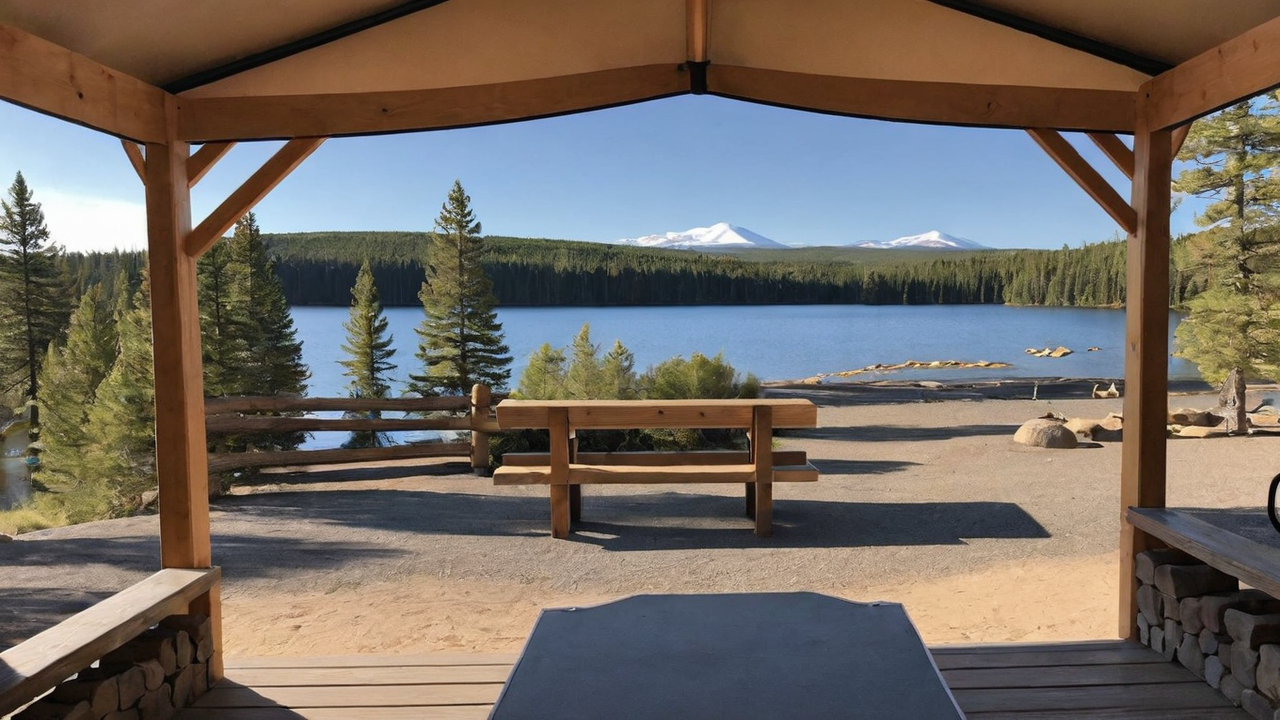Creating the Optimal User's Interface: Designing Guidelines for Campground Software

Comprehending Your Audience
Knowing who the intended audience is crucial in designing an efficient user's interface. It's crucial to take into account the needs, preferences, and technology competence. This knowledge guides every design choice, ensuring that your software becomes user-friendly and easy to use.
Understanding the audience likewise implies recognizing the challenges and how they intend to use your campground software. It enables the designers to tailor functions and functionalities that address specific requirements, making your software not only useful but also essential.
Simplifying the Navigation System
Simplifying your navigation can be one critical component of user interface designing. A clear navigation structure makes sure users can quickly find what they're looking for, cutting down frustration and enhancing user satisfaction. It's about making the journey inside the software as seamless as possible.
Moreover, a well-designed navigation leads visitors throughout the application, highlighting functions and capabilities that they otherwise would overlook. This an method not only enhances user experience but also promotes deeper engagement with your campground software full range of features.
Incorporating Premium Graphics
Visuals have an crucial part in creating an attractive user interface. They assist in breaking monotony and can also illustrate features in a more effectively than text alone. Picking the right visuals, symbols, and colors can greatly boost the look of your software, thus making it more visually pleasing to the users.
Additionally, visual consistency is essential for building a strong brand identity and trustworthiness among users. Every component should be in sync with your brand’s ethos and the mission of the application, resulting in a seamless user experience that is both polished and welcoming.
Enhancing the Responsiveness
In today’s online world, people demand campground software to be fully responsive on every devices, from desktops to mobile phones. An adaptive design makes sure that no matter of the device size, the application provides an optimal experience. It not only increases accessibility but likewise caters directly to the audience's mobile lifestyle.
Additionally, improving the responsiveness could result in enhanced performance, reducing the loading time and avoiding user frustration. Users appreciate a quick and smooth interaction when using campground software, which makes speed a vital aspect in user satisfaction.
Optimizing the Search Functionality
Searching for information quickly is crucial in any kind of application, particularly in campground management. Optimizing the search functionality enables visitors to effortlessly find exactly what they're looking for, which improves their satisfaction and efficiency. By incorporating intelligent search features, you can minimize user frustration and increase overall satisfaction.
Additionally, complex search features like filters and tags can assist in narrowing down results, making it search process more effective. Introducing these features shows an understanding of the users' needs and an effort to enhancing the user’s interaction with your campground software as smooth and productive as possible.
Prioritizing Security
Security must be non-negotiable when coming to developing campground programs. Your users expect to be safe when entering their personal information. Ensuring strong security measures not only protects their information but likewise builds a sense of trust between your customer and your company.
In addition to standard protections like strong passwords and data encryption, it's important to consider adding advanced security measures such as two-factor authentication or biometric verification. These features provide an extra layer of security, ensuring that user data is kept safe from unauthorized access.
Leveraging Feedback
Listening to feedback is crucial for continuous enhancement of the campground software. It allows developers to grasp what works, what doesn’t, and how the software can be improved to meet user needs. This feedback builds a sense of community between the customers and your development team, which makes them feel like they are actively a part of the product's journey.
Incorporating feedback effectively can lead in significant enhancements in UI designs and the overall UX. Making changes based on real feedback shows that the company values its customers and is dedicated to providing a superior experience.
Maintaining Simplicity
In design, simplicity is fundamental. An unnecessarily complex interface can overwhelm users, resulting in an negative UX. Simplicity, on the hand, makes the software more intuitive and user-friendly. It promotes more user engagement and satisfaction.
Furthermore, keeping the simplicity should also extend to the content and functionality. Avoiding unneeded features that don’t add real value can help ensure that the interface remains clean and focuses on meeting the core needs of your end-users. By doing so, additional info you can craft a more efficient UX that appeals with your target audience.